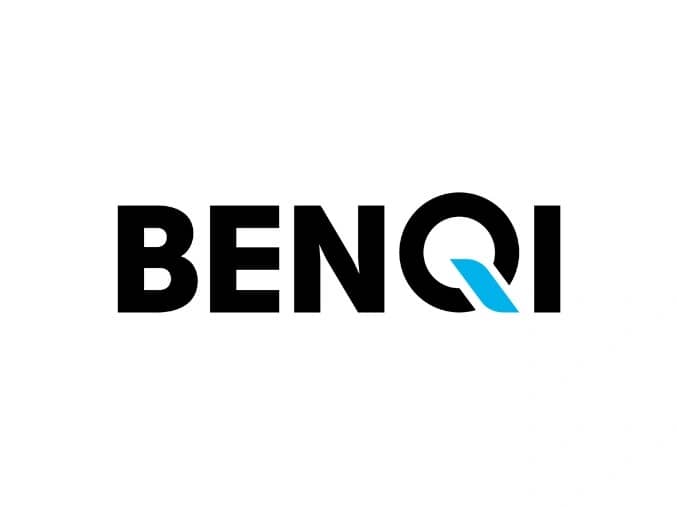위키 구독하기
Share wiki
Bookmark
BENQI
BENQI
BENQI는 Avalanche 블록체인 상에 구축된 탈중앙화 금융 (DeFi) 프로토콜로, 유동적 스테이킹, 대출, 차용 및 검증자 부트스트래핑을 포함한 다양한 서비스를 제공합니다. Avalanche 생태계 내에서 접근 가능하고 효율적인 DeFi 솔루션을 제공하여 네트워크의 총 가치 잠금 (TVL)을 기준으로 주요 애플리케이션이 되는 것을 목표로 합니다. [1]
개요
BENQI는 사용자를 위한 다양한 금융 활동을 용이하게 하도록 설계된 Avalanche 상의 포괄적인 DeFi 허브로 운영됩니다. 이 프로토콜의 핵심 제공 서비스에는 대출 및 차용 플랫폼, AVAX를 위한 유동적 스테이킹 솔루션, 그리고 Avalanche 검증자 부트스트래핑 도구가 포함됩니다. BENQI의 목표는 블록체인 인프라 운영과 관련된 높은 자본 요건 및 기술적 복잡성과 같은 일반적인 장벽을 해결하여 탈중앙화 금융 참여를 단순화하는 것입니다.
이 프로토콜은 높은 유동성과 광범위한 DeFi 생태계 통합을 통해 Avalanche 상의 주요 애플리케이션으로 자리매김했습니다. 주요 제품은 특히 Avalanche 네트워크의 기본 토큰인 AVAX를 포함한 디지털 자산에 대한 유틸리티와 수익 기회를 제공하도록 설계되었습니다. [1] [6] [2] [7]
기술
BENQI의 아키텍처는 높은 처리량과 낮은 거래 수수료를 활용하는 Avalanche C-Chain에 구축되었습니다. 이 프로토콜은 DeFi 생태계 내에서 각기 다른 기능을 수행하는 네 가지 주요 제품으로 구성됩니다. BENQI 유동적 스테이킹, BENQI Markets, Ignite 및 노드 투표 [1].
BENQI 유동적 스테이킹 (BLS)
BENQI 유동적 스테이킹을 통해 사용자는 자신의 AVAX 토큰을 스테이킹하고 유동적 스테이킹 토큰인 sAVAX를 받을 수 있습니다. 이 sAVAX는 AVAX로 지속적으로 가치가 증가하며, 유동성을 유지하면서 추가 수익을 얻기 위해 BENQI 자체 대출 및 차용 플랫폼을 포함한 다양한 DeFi 프로토콜에서 활용될 수 있습니다. BLS의 주요 기능 중 하나는 사용자가 자산을 P-Chain으로 브리징할 필요 없이 Avalanche C-Chain에서 직접 스테이킹할 수 있다는 것입니다 [2]. sAVAX 토큰은 Avalanche DeFi 생태계 전반에 걸쳐 광범위하게 통합되어 사용자가 다른 탈중앙화 애플리케이션에 참여할 수 있는 유연성을 제공합니다 [1].
BENQI Markets (BLM)
BENQI Markets는 사용자가 자신의 암호화폐 자산을 제공하여 이자를 얻거나 초과 담보 대출을 통해 자금을 차용할 수 있는 탈중앙화 대출 및 차용 프로토콜입니다. 이 플랫폼은 모든 포지션을 모니터링하기 위한 사용자 인터페이스를 제공합니다. 두 가지 주요 시장 유형이 있습니다.
- 핵심 시장: AVAX 및 USDC와 같은 고유동성 자산을 위해 설계되었으며 주요 대출 및 차용 풀 역할을 합니다.
- Avalanche 생태계 시장: 장기간 유지되는 암호화폐 및 토큰화된 실물 자산 (RWA)을 포함한 더 광범위한 자산을 지원합니다. 이들은 한 시장의 변동성이나 유동성 문제가 다른 시장에 영향을 미치는 것을 방지하기 위해 특수 위험 관리 프레임워크를 통합하여 DeFi 참여자에게 더 큰 유연성을 제공합니다 [2] [1].
Ignite
Ignite는 Avalanche 검증자 및 서브넷을 실행하고 운영하는 프로세스를 단순화하기 위해 BENQI가 개발한 솔루션입니다. 일반적으로 검증자 배포에 필요한 기술적 복잡성과 상당한 초기 자본을 해결합니다. Ignite는 두 가지 주요 옵션을 제공합니다.
잘못된 내용이 있나요?
